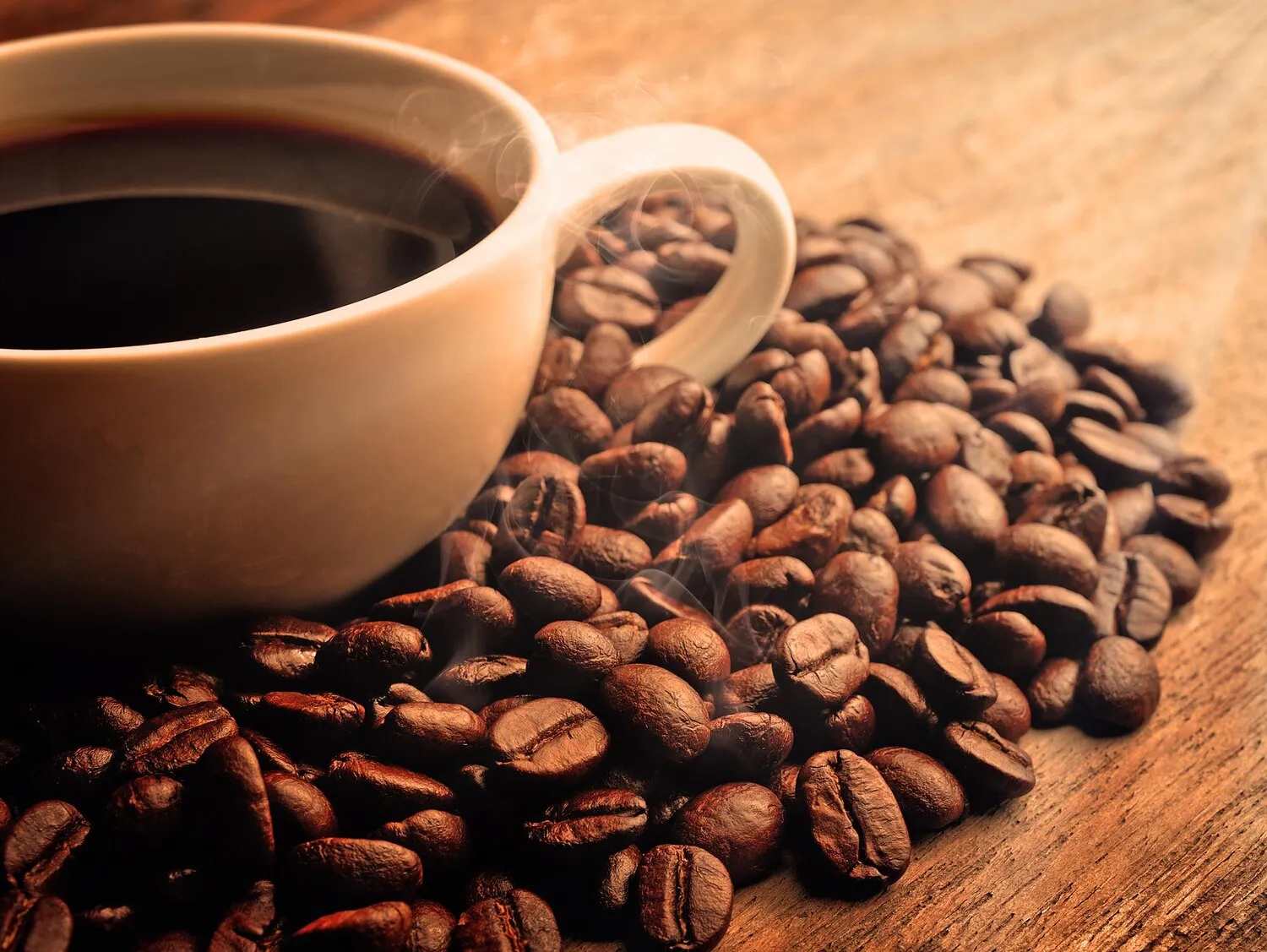
Craft Beer
A wide selection of craft beers is available.
Nutrition Facts
* The % Daily Value (DV) tells you how much a nutrient in a serving of food contributes to a daily diet. 2,000 calories a day is used for general nutrition advice.
Imprensa Food Square
Beer has been brewed for millennia, but the craft beer movement, as we know it today, emerged in the late 20th century as a reaction to mass-produced, homogenous beers. It emphasizes small-scale production, unique ingredients, and innovative brewing techniques, reviving traditional styles and creating entirely new ones.
Craft beer is more than just a beverage; it's a cultural phenomenon. It represents a return to artisanal production, a focus on local ingredients, and a community built around shared appreciation for quality and innovation.
Local Breweries and Taprooms
Craft beer culture is heavily reliant on local breweries and taprooms, which serve as community hubs and provide a direct link between brewers and consumers.
Beer Festivals and Events
Beer festivals and events are common gathering places to sample a wide range of beers, meet brewers, and learn about the brewing process.
Beer Pairing Dinners
Beer pairing dinners highlight how different beers can complement and enhance specific food flavors, elevating the dining experience.
Homebrewing
Homebrewing is a significant aspect of craft beer culture, allowing individuals to experiment with their own recipes and techniques, further fueling innovation.
The flavors in a craft beer selection are incredibly diverse, ranging from hoppy and bitter to malty and sweet, with fruity, spicy, and sour notes often present.
Flavor profiles depend heavily on the specific beers included in the selection. IPAs (India Pale Ales) are known for their hop bitterness and citrusy or piney aromas. Stouts offer roasted malt flavors, chocolate, and coffee notes. Wheat beers often have banana and clove characteristics. Sours can exhibit tart and acidic flavors. The ingredients used also contribute, such as specific hop varieties (Citra, Mosaic, Cascade), different malts (pale, roasted, chocolate), and fermentation processes. Brewers also add fruits, spices, or even wood aging for enhanced complexity.
Observe the Appearance
Note the beer's color, clarity, and head (foam). These characteristics can provide clues about the beer's style and brewing process.
Smell the Aroma
Swirl the beer gently to release its aroma. Pay attention to the different scents present, such as hops, malt, fruit, or spices.
Taste and Savor
Take a sip and let the beer coat your palate. Identify the different flavors and textures. Consider the balance between sweetness, bitterness, and acidity.
Consider the Food Pairing
Choose foods that complement the beer's flavors. For example, hoppy IPAs pair well with spicy foods, while stouts go well with chocolate desserts.
Understand the Styles
Learn about the different beer styles (IPA, Stout, Lager, Pilsner, Sour, etc.) to better appreciate the nuances of each beer in the selection.
Explore additional Beverages dishes and restaurants
Explore BeveragesDiscover top dining spots and culinary experiences in Fortaleza.
Explore FortalezaLearn more about the food culture, restaurant scene, and culinary heritage of Brazil.
Explore Brazil